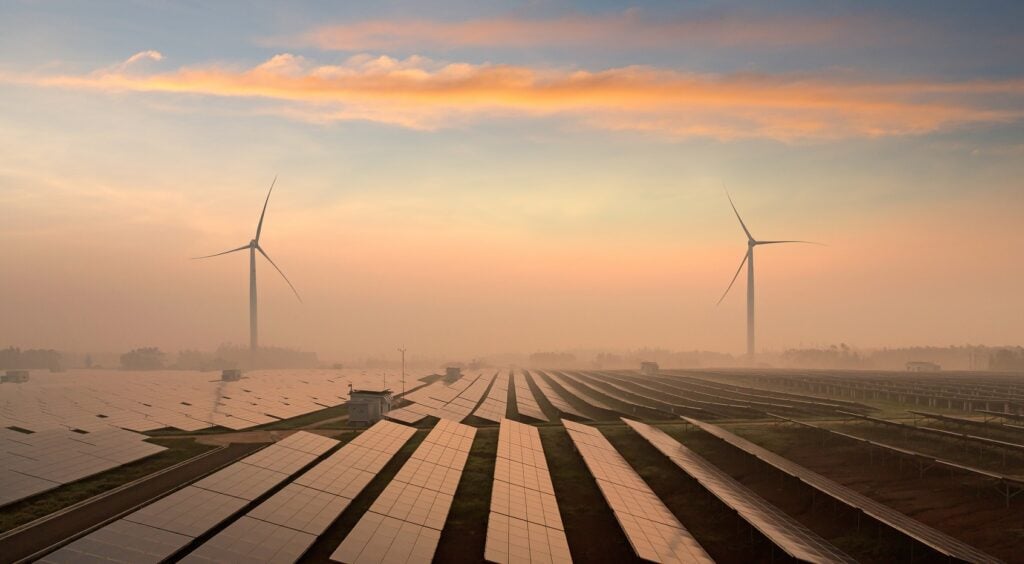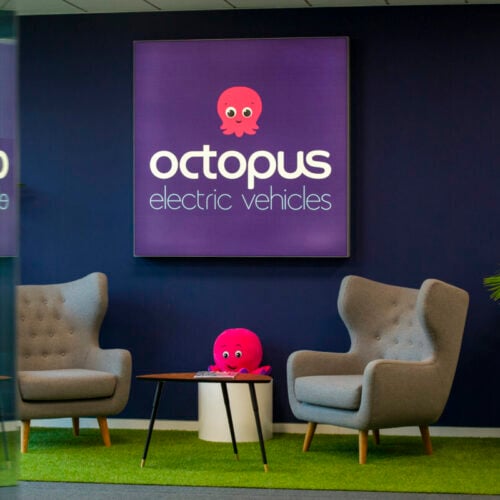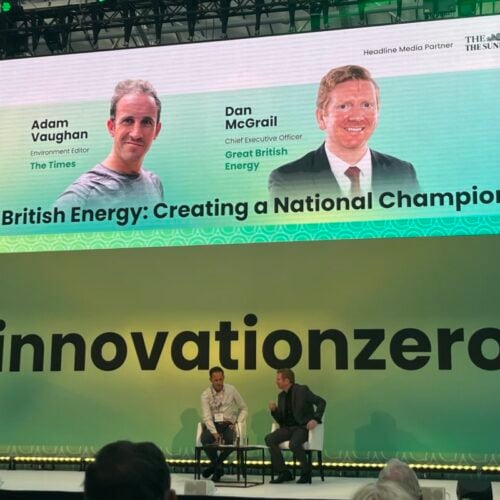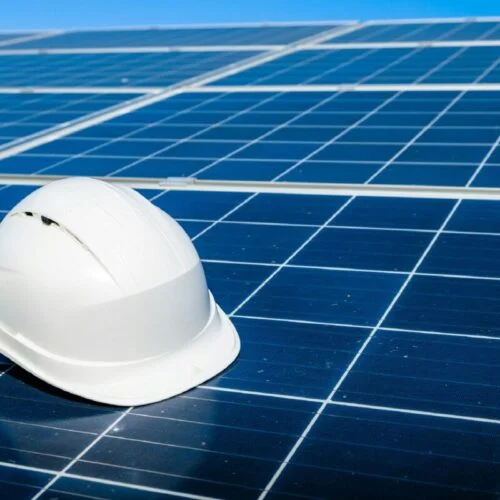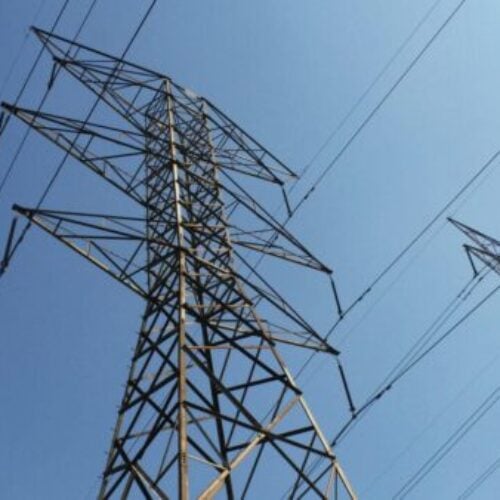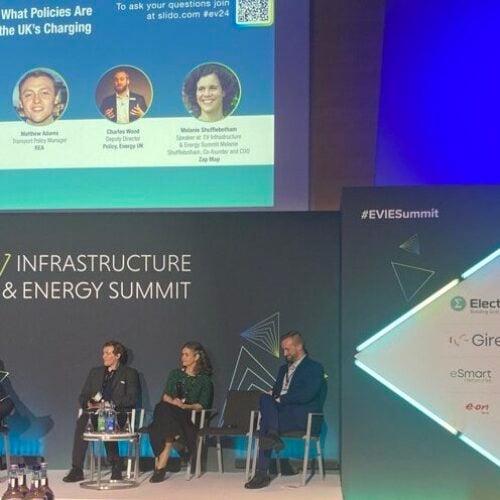UK Power Networks is collaborating on a smart grid project with National Grid which it says will mark a “significant step” towards it becoming a Distribution Systems Operator (DSO).
The duo will work on a new framework that allows generators to connect to the grid without the need for reinforcements on a region of the transmission network, specifically from Bolney in Sussex to Canterbury in Kent.
The region has a diverse mix of energy generators connected to its network. Large amounts of renewables, Europe-bound interconnectors and the 1.2GW Dungeness B nuclear power station all contribute towards the region’s generation.
Because of this, new generators currently face significant connection charges due to constraints on the network.
But UKPN is to try and alleviate the situation by using greater visibility, coordination and control measures to allow generators to export more energy onto the national transition network. New generators will be offered the opportunity to use the service first, with the DNO hoping to extend the service to existing generators in the future.
The service increases flexibility on the network by allowing generators to increase or decrease output to better balance the transmission network.
New commercial arrangements are to be drawn up and put into place over time which will properly incentivise generators the service’s use.
The first phase of the project, which was designed under the Energy Network Association’s Open Networks project, launched earlier this week.
Sotiris Georgiopoulos, head of smart grid at UKPN, said it was down to DNOs to work closely with the national transmission network operator to “deliver cost-effective solutions”.
“This is the first time in the UK that we see the distribution systems operator role in action, supporting the wider system. I’m delighted that we’re collaborating with National Grid to make it a reality as it will ultimately deliver benefits for our customers,” he said.
Network constraints have long been a point of contention for renewable generators, particularly in the south of the country where significant quantities of renewables have already been installed. Solar developers have borne the brunt of this, with some being quoted grid connection charges as high as £1 million per MW in order to finance reinforcement works.
As well as more efficient management of connection agreements, DNOs have been establishing ways in which their management of networks could free up more space for new generators.
Nick Easton, programme manager for whole system (electricity system operator) at National Grid, said the TNO remained committed to working with network operators to facilitate a migration to a “smart, flexible electricity system”.
“As well as benefiting customers, this work is going to provide more capacity for renewable energy in a constrained area. For the first time we will see the positive impact of what can be achieved when network operators work with the system operator to make things better for our customers, and this will set the scene for what we can achieve in future,” he said.
